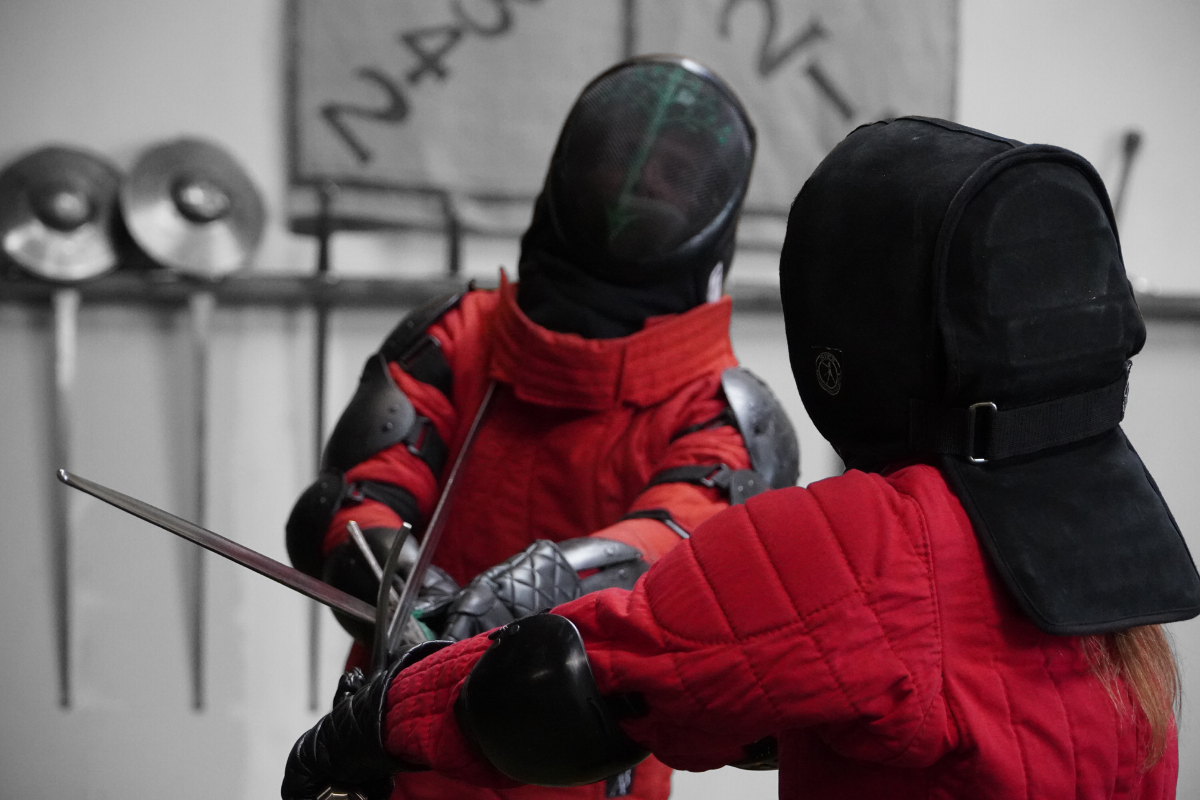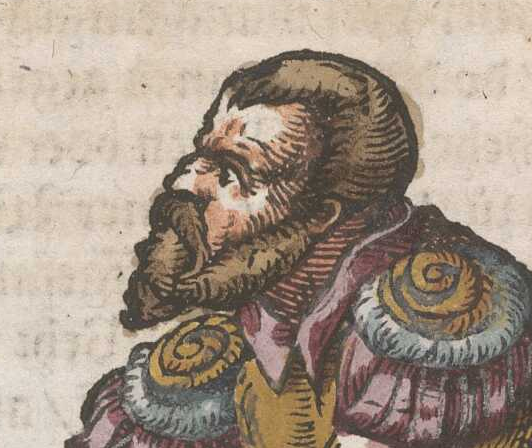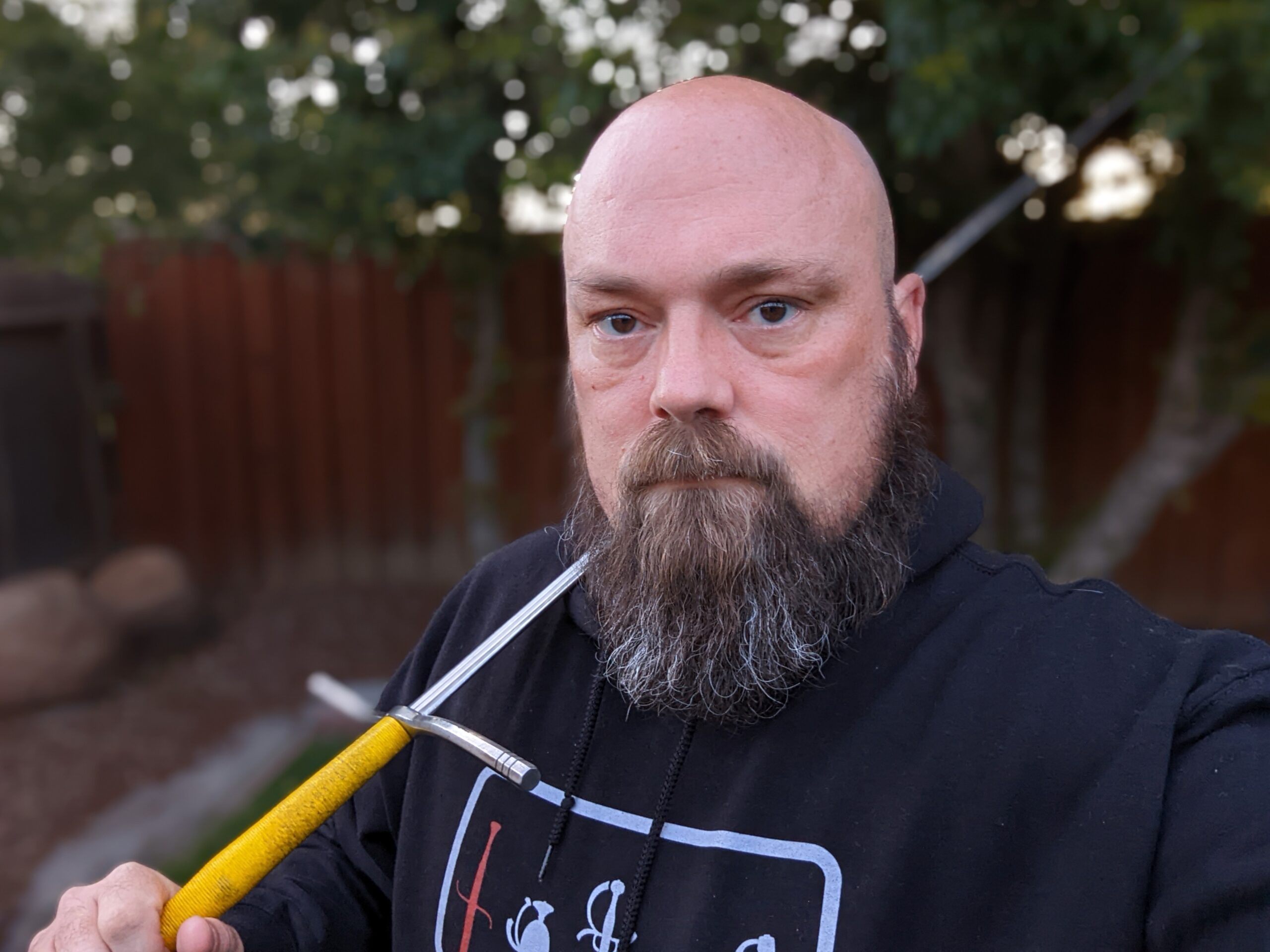Traditions, Systems, and Styles
The Many Ways to Use a Sword
Lorem ipsum dolor sit amet, consectetur adipiscing elit, sed do eiusmod tempor incididunt ut labore et dolore magna aliqua. In vitae turpis massa sed elementum tempus egestas sed sed. Morbi enim nunc faucibus a. Feugiat pretium nibh ipsum consequat nisl vel pretium lectus quam. Tellus cras adipiscing enim eu. Sit amet est placerat in egestas erat. Elementum curabitur vitae nunc sed.


Kunst des Fechtens: The German Art of Fencing is a system of combat that began in the Holy Roman Empire during the Late Medieval period. Recorded in contemporary “Fechtbücher” or fighting books it would remain the most widely documented martial art of Central Europe thought the Renaissance and Early Modern Periods. The geographical center of this tradition was in what is now Southern Germany (Augsburg, Frankfurt, and Nuremberg) but was found in areas ranging from Strassburg to Prague. This German system of fencing focuses on a variety of weapons including the Longsword, Messers and Dussacks, Sideswords and Rapier, Daggers and Grappling, as well as polearms such as the Quarterstaff, Halberd, and Pike. While less widely practiced currently, it also includes martial focused on armored and mounted combat.
Most authors of writings on the system are, or claim to be, in the tradition of the 14th-century grand master Johannes Liechtenauer. The earliest surviving treatise on Liechtenauer’s system is a manuscript dated to 1389, known as Ms. 3227a. While little is known of his life the anonymous author of the Ms. 3227a stated that “Master Liechtenauer learnt and mastered the Art in a thorough and rightful way, but he did not invent and put together this Art (as was just stated). Instead, he traveled and searched many countries with the will of learning and mastering this rightful and true Art.” More manuscripts survive from the 15th century, and during the 16th century the system was also presented in print, most notably by Joachim Meyer in 1570.
Joachim Meyer
Joachim Meyer (ca. 1537 – 1571) was a 16th century German cutler, Freifechter, and fencing master. He was the last major figure in the tradition of the German grand master Johannes Liechtenauer, and in the later years of his life he devised at least four distinct and quite extensive fencing manuals. Meyer’s writings incorporate both the traditional Germanic technical syllabus and contemporary systems that he encountered in his travels, including Italian rapier fencing.
Joachim Meyer’s writings are preserved in three manuscripts and one published work. Two of the manuscripts were completed and presumably delivered to their intended recipients, the 1561 MS Bibl. 2465 (Munich) to Georg Johann Ⅰ, Count Palatine of Veldenz, and the 1568 MS A.4º.2 (Lund) to Otto, Count von Sulms, Minzenberg, and Sonnenwaldt. His third surviving manuscript the MS Var. 82 (Rostock), which Meyer may have still been working at the time of his death in 1571, differs from his previous works as it appears to be more of a notebook, containing an anthology of treatises that appear to have been influential in his understanding of fencing. It also includes a brief outline by Meyer himself on a system of rules based fencing.
In 1570 he published a massive work entitled “A Thorough Description of the Free, Chivalric, and Noble Art of Fencing, Showing Various Customary Defenses, Affected and Put Forth with Many Handsome and Useful Drawings”. In this work Meyer sought to teach the entire art of fencing, something that he claimed had never been published before. This treatise in an interesting work, showing ties to the traditional oral based methodology that had preceded him before giving way to a much more early modern style of teaching. In line with this evolution in teaching methodology the text includes extensive woodcut images showing all of his described weapons in use.

Instructors

Ted Elsner
Kunst des Fechtens: Head Instructor

Geoff Harrington
Dussack and Messer Instructor

Alex Snook
Dagger and Grappling Instructor

Jacob Dyer
Youth Program Head

Serafin Kulp
Tactics and Refinement Coach

Jenn Blum
Longsword: Essentials Demonstrator
